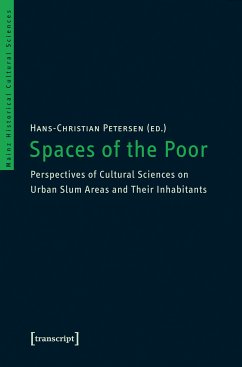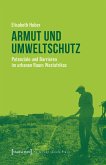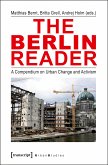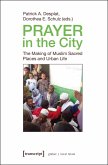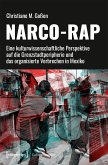What do we know about the urban impoverished areas of the world and the living environment of its inhabitants? How did the urban poor cope with their surroundings? How did they interpret and adopt urban space in order to fight against their position at the periphery of society? This volume takes up these questions and investigates how far approaches of cultural sciences can contribute to overcome the »exoticization of the ghetto« (Loïc Wacquant) and instead to look at the heterogeneity and individuality behind the facades. It opens new perspectives for the research of poverty and inequalities that do not stop at collective categories.
Dieser Download kann aus rechtlichen Gründen nur mit Rechnungsadresse in A, D ausgeliefert werden.

